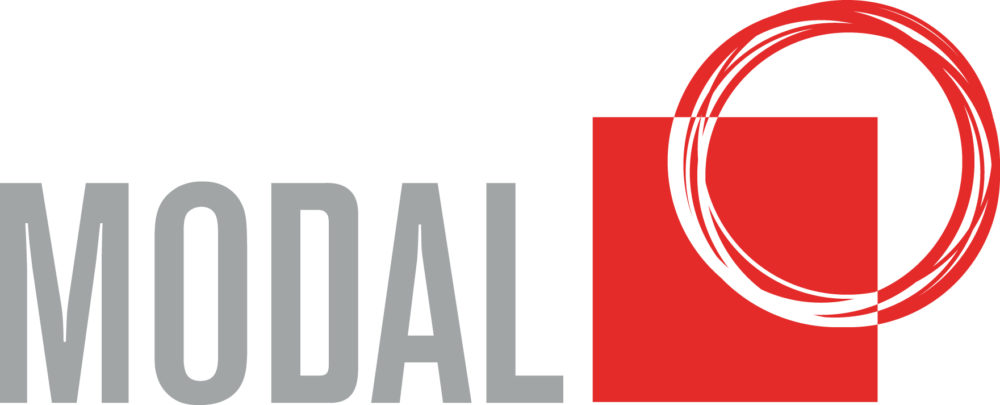The first secret to creating greater accountability in your teams is being clear about expectations. At once, seemingly both the easiest and hardest things to do for a leader. It can take only 15 minutes to write down what we want from someone we work with – ‘Here are the goals, here are the measures and here are the 4-5 behaviours I would like to see from you, and the 1-2 behaviours I don’t want to see’. However, I found myself struggling to clearly get across what I wanted to someone in my team just this last week.
Many managers I come across feel they work with people who don’t deliver to the standards they like, don’t necessarily behave in the way they would like, and would like to see that individual take more accountability for their outputs or impact.
Ironically, when I talk to people struggling to get on the same page with their own manager, I often hear comments like “I’m not clear on what is expected of me” and “I get very little feedback”. Given that many managers want to see their employees improve in their roles and how they work, and most employees want to be clear on what is expected of them in order to do a good job, what is actually going on here?
If you were to sit down with each of your people and ask the question, “What does doing a good job look like on this team, in terms of my expectations?” would any of them hesitate before answering? How many would say very different things regarding the standards most important to you or the types of behaviours you value most?
Chances are at least some team members would struggle to provide a succinct answer. So why is this the case?
The 3 blockers to setting clear expectations
There are 3 main reasons why a manager’s expectations may not be clear to others.
1) Introverted thinking
If you as a leader have a more introverted natural style, then you may find that you keep some of your expectations of others in your own head. It may feel to you that you have communicated clearly about what you believe are the desired standards and behaviours. However, introverts can often not communicate their thoughts out loud, in a direct enough way or put them in writing. Doing either and repeating the key messages over again is key.
2) Concern for damaging the relationship
Some leaders worry that they will come across as overly demanding if they are too directive, and people will not like this and look at them poorly. The reality is if you are good at the trust or relationship-building part, then setting clear guidelines on what ‘good’ looks like (and doesn’t look like) will only improve the relationship in the long run. What can really damage the relationship is when people are not clear on what good looks like, and then you become frustrated or disappointed that they didn’t live up to all the expectations you didn’t clearly set for them! In the words of researcher and author Brene Brown, in her book Dare to Lead, “Clear is kind, unclear is being unkind”.
3) ‘They should know better’ mindset
If you are someone that values high standards for yourself or others, then sometimes ‘they should know better’ thinking occurs. This is when you look at other people and see a gap in how they should be behaving and the approach they take, and in your mind think one of the thoughts below beginning, ‘any competent person should…’
- know how to behave constructively
- be more proactive
- have more common sense
- have a greater sense of urgency
- set themselves high standards
- be more consultative in their approach
- make better decisions
- <insert other thought>
The reality is many people who work with us don’t think like us. Due to different upbringings, experiences and personality styles, they just don’t. To make the assumption that they should just know what you want and expect from them is likely to end in tears.
Creating clarity
Contemporary leadership and teams thinker Patrick Lencioni says in his book The Advantage that leaders need to create clarity, then communicate clarity and then overcommunicate clarity.
What he means is that setting expectations is an ongoing need. It cannot be ‘set and forget’. You need to keep having the conversation with people in order for the message to sink in. I used to work in Marketing and can remember reading that a message needed to be communicated up to 7 times before it got through to some people. This does not mean people are incompetent, just that developing new thinking and habits is hard.
So what does all this have to do with accountability?
People are more likely to be accountable if they know what exactly is expected of them. They are also more open to feedback about how they are doing against these expectations. If anyone feels like they are trying to be held to a standard they either don’t know about or haven’t yet aligned on, then they are unlikely to respond to feedback.
Here are some exercises you can do with your team to ensure clear expectations. Note: don’t approach this like a performance management discussion. Think about it as just providing clarity on what good looks like. Effective leaders will also ask their people what expectations they have of them as their leader.
Clarity with the whole team
1) Collective Priorities
Ask each team member to write down what they believe are the top 3-5 priorities for the team. Go around the group and ask people what they’ve written. If there seems to be any confusion, spend some time getting to no more than the 5 key ones.
2) Roles and responsibilities
Write down the titles of all the key roles in the team on separate pieces of flipchart paper or, if meeting virtually, in a shared document/whiteboard (one role per page). Have people who are not in the role write down the tasks they think live in that role (use post-it notes if live, or if virtual, type them into the shared document). So, everyone gets to define what they believe the responsibilities are of other roles but doesn’t initially contribute regarding the tasks under their own role. Then, once all roles have all the tasks attached to that role listed, discuss which of those tasks the incumbents in the role believe are correct and which tasks they believe aren’t part of their role.
Place any tasks that are either being debated or don’t seem to have a current home to one side. After each role is discussed and tasks debated, take the unallocated or ambiguous tasks and either:
- Assign them to a role
- Bin them
- Decide to modify a role or create a new role if necessary
3) Expected Behaviours
If your team already has an existing set of principles for how the team will work together, revisit these. Ask the question: “Are there any other behaviours that are more important than these right now to hold ourselves and others to account for?” If so, agree on what they are and update your principles. If you don’t have a set of team principles, create one together. You can do so by the team answering the question, “How do we need to behave together in order to work even more effectively as a team?”





